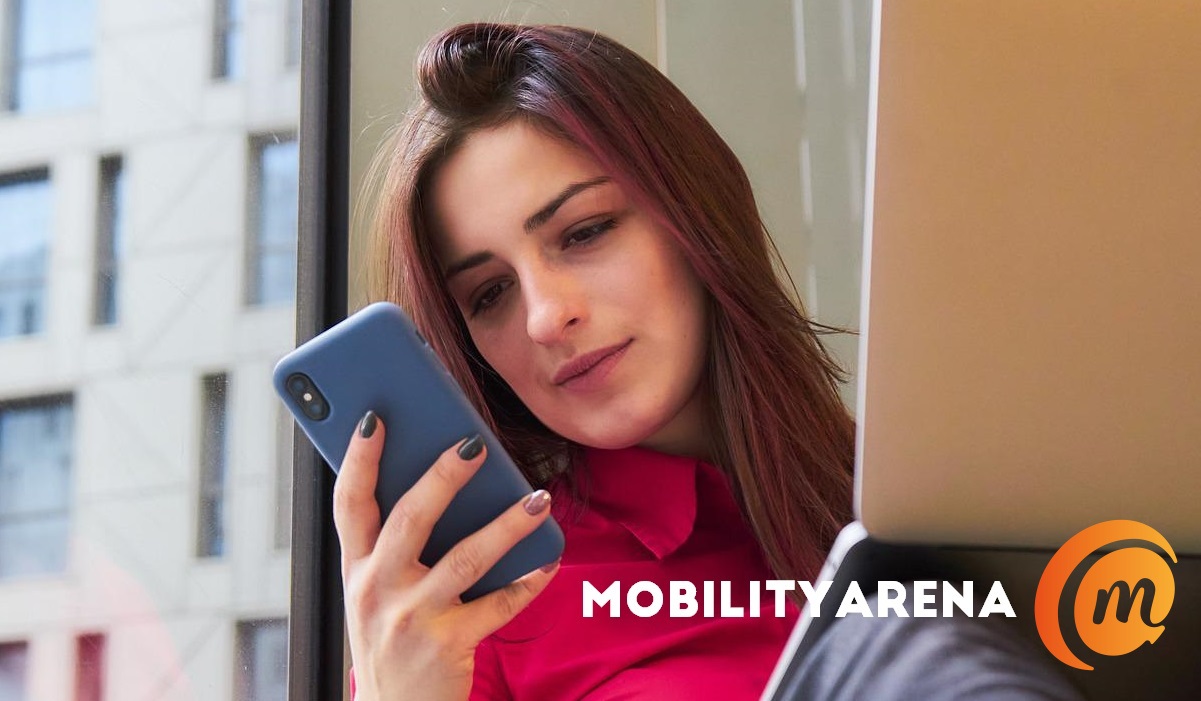Nowadays, both at work and at home, dual monitor system setups are far more typical than they were a few years ago. Adding a second screen to your laptop or computer can significantly boost productivity and make using numerous apps or programs much simpler.
In this guide, we’ll show you how to set up an Android tablet as a second monitor for Mac and Linux laptops. You can follow our easy instructions to do this if you don’t have the space or money for a full-sized second screen.

Table of Contents
How Can I Use Android as a Second Monitor for Mac and Linux Computers?
Numerous third-party apps exist that can help you use your Android device as a second monitor for Mac and Linux computers. To perform this function on a Mac, iDisplay is the most ideal screen extension and mirroring program.
The following steps will help you to use your Android as a second monitor on your Mac:
- First, download iDisplay drivers from the website.
- Give iDisplay permission to introduce some changes to your device.
- To install iDisplay on your Mac, adhere to the directions displayed on the screen.
- If your Mac is prompted to do so, restart it.
- From the Google Play Store, download the iDisplay app.
- On your Android device, launch the app. It will start looking for nearby devices right away.
- Connect your Mac and Android devices.
- Select between Mirrored Monitor and Additional Monitor.
That’s all you need to do! iDisplay is also compatible with iPhones and Windows gadgets. You’ll just need to make sure that both devices are using the same Wi-Fi network.
It’s also possible to connect three or even four displays with iDisplay. Additionally, you can join many devices simultaneously, but keep in mind that this only works with Mirror Mode.
Using Android as a Second Monitor for Linux Computers
If you’re trying to use Android as a second monitor for a Linux computer, it’s also pretty easy. The Deskreen app is available for Linux users, even if it looks like the majority of screen mirroring and extension software is only compatible with Windows and Mac.
This Deskscreen program also enables the simultaneous use of numerous monitors. Ethernet or 5GHz Wi-Fi will typically be required for this to function.
Once you’ve downloaded the Deskscreen app to your Linux device, you’ll need to complete the following steps:
- Go to Properties by selecting the downloaded file with the right click.
- Check the box next to “Allow executing file as a program”
- On your Linux, launch the software. A link and a barcode should appear on the window.
- Copy the link to the mobile app or scan the barcode.
- Connect the two gadgets
- Next, click the Allow button
- Select Share App View or Share Screen View
- Verify that you want to use your Android device to share your Linux display.
To link these two Deskreen devices, you’ll only be able to use 5 GHz Wi-Fi, Ethernet, or a USB connection. The program is incredibly simple to use and is also free.
Use Android as a Second Monitor for Mac and Linux Computers through a USB Connection
Both of the aforementioned third-party applications are also compatible with USB cables. When there is no Wi-Fi connection available, this option may be more practical. However, an internet connection will still be required to download either of the apps.
By following these steps, you’ll be able to use Android as a second monitor on Mac and Linux through a USB cord:
- Use a USB cable to link your Android device to your Mac or Linux computer.
- On your PC, download the app of your choice.
- To install it, adhere to the on-screen directions.
- Install the application on your Android device.
- Connect the two gadgets.
While sharing your screen, it’s important to avoid unplugging the USB screen. You can simply just use Wi-Fi to keep the connection between both devices since the USB approach is an alternative. Just make sure the Wi-Fi network is the same.
In summary, with this easy guide, you can use Android as a second monitor for Mac and Linux computers. Follow the instructions correctly and successfully increase your productivity.